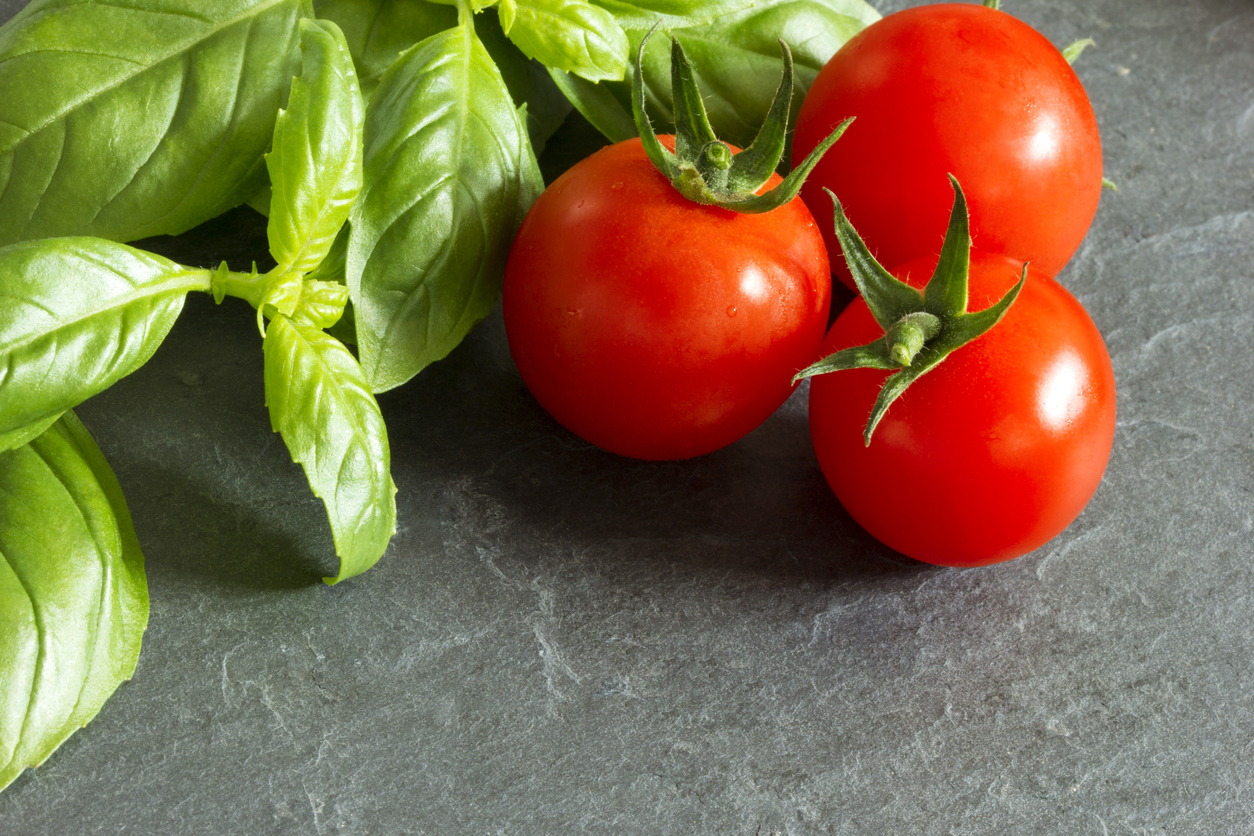I love how something so simple as a little seed, with some soil, sunshine, and water, can grow into a bountiful tomato plant or ears of corn or a dozen summer squash. I also know how frustrating it can be to watch your plants succumb to mystery diseases, get eaten by bugs or rabbits or skunks, or just wither and die because they aren’t getting the right nutrients. And that’s why I also love partner planting.
If you think about it on a large scale, ecosystems all over the world exist because of the benefits different plants bring to one another. Of course, ecosystems go far beyond plant life to include wildlife, the weather, and so on. But even within your garden, partner planting can create a mini-ecosystem that creates a dynamic environment where all your plants strengthen and support each other.
Discover 7 top tips for growing, harvesting, and enjoying tomatoes from your home garden—when you access the FREE guide The Best Way to Grow Tomatoes, right now!
How partner planting will make your garden stronger, healthier, and more abundant
Partner planting is also commonly known as companion planting. Though there are long, scientific reasons it works, the basic version is that certain plants grow well together because they help each other out. Think cookies and milk. They’re both fine on their own, but put them together and dang!
The easiest way to explain how partner planting works is to provide some examples. Let’s start with my favorite: tomato and basil. First of all, basil and tomatoes taste exquisite together, so having both of them in your garden will give you some tasty harvests. In truth, though, that’s just a bonus.
Tomatoes are darlings of the gardening world. As much as you and I might love them, however, there are plenty of critters that enjoy them, too. Rabbits and skunks love them, not to mention hornworms. As it turns out, though, none of those critters are too fond of basil. The strong aroma that makes basil so appealing to you and I is a deterrent, especially to hornworms. Basil also increases the yield of tomato plants, perhaps because they don’t have to fight off pests. In turn, the tomatoes give the basil a little shade on the hottest summer days.
Radishes and carrots are another good example of planting vegetables that help each other grow. Fast-growing radishes help aerate the soil, giving carrots more room and oxygen to grow. Carrots also grow well with tomatoes. The tomatoes offer shade to the heat-sensitive carrots, while the carrots help aerate the soil for tomatoes.
The most famous combination is probably corn, beans, and squash, also known as the three sisters. Tall corn stalks provide beans with a “pole” to climb, the beans add nitrogen to the soil, and the low-growing squash helps control weeds while also helping keep the soil moist.
There are lots of combinations of plants that help each other out in the garden. The key is to pair the plants that help create a cohesive little ecosystem where everyone can thrive. And don’t forget edible flowers when you’re planning. Nasturtiums, for example, not only repel whiteflies and some beetles, they also attract bees and other pollinators.
Discover 7 top tips for growing, harvesting, and enjoying tomatoes from your home garden—when you access the FREE guide The Best Way to Grow Tomatoes, right now!
There’s a bit more to it than just the benefits these plants offer to one another. For partner planting to work, the plants in question need to have similar needs for sunlight and water.
Fortunately, most of the work of figuring that out is as simple as looking at a chart or asking your favorite farmer.
Download our Partner Planting Guide to print at home and use when planning your garden.
Have you tried partner planting in your garden? What kind of results have you had? I’d love to read about your experience in the comments below.
Discover 7 top tips for growing, harvesting, and enjoying tomatoes from your home garden—when you access the FREE guide The Best Way to Grow Tomatoes, right now!
